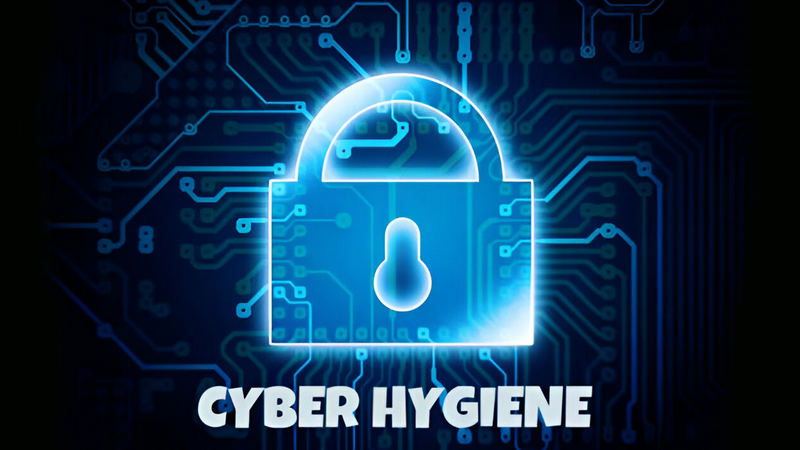Daily Practices for Better Cyber Hygiene:
Improving Cyber Hygiene with Daily Routines

Maintaining good cyber hygiene is essential in today's digital age to protect sensitive information and reduce the risk of falling victim to cyber threats. Professionals should establish daily practices to ensure their online security.
This includes regularly updating all software and operating systems to patch any vulnerabilities, utilizing strong, unique passwords for each account, enabling two-factor authentication where possible, and regularly backing up important data.
Additionally, professionals should be cautious when clicking on links or downloading attachments from unknown sources, as this is a common method used by cybercriminals to launch attacks such as phishing scams and malware installation. By incorporating these daily practices into their routine, professionals can significantly enhance their cybersecurity posture and minimize the likelihood of falling prey to malicious cyber activities.
1. Use Strong, Unique Passwords
A strong password is your first line of defense. Create complex passwords that are at least 12 characters long, combining letters, numbers, and symbols. Avoid using the same password across multiple sites. Consider using a password manager to securely store and generate unique passwords.
2. Enable Two-Factor Authentication (2FA)
Adding an extra layer of security through two-factor authentication can significantly reduce the risk of unauthorized access. Whenever possible, enable 2FA on your accounts, requiring a second verification step (like a text message or an authentication app) in addition to your password.
3. Keep Software Updated
Regularly update your operating system, applications, and antivirus software. Updates often include critical security patches that protect against newly discovered vulnerabilities.
4. Be Wary of Public Wi-Fi
Public Wi-Fi networks can be convenient but are often less secure. Avoid accessing sensitive information or conducting financial transactions over public networks. If necessary, use a Virtual Private Network (VPN) to encrypt your internet connection.
5. Practice Email Vigilance
Phishing attacks are one of the most common cyber threats. Always scrutinize email senders, avoid clicking on suspicious links, and don't download attachments from unknown sources. If an email seems odd, verify its authenticity with the sender through a separate communication channel.
6. Regularly Backup Your Data
Backing up your data regularly ensures you can recover important files in case of a cyber incident or hardware failure. Utilize both cloud storage and external hard drives for comprehensive backup solutions.
7. Educate Yourself and Others
Stay informed about the latest cybersecurity trends and threats. Share this knowledge with family, friends, and colleagues to foster a culture of awareness and vigilance.
8. Monitor Your Accounts
Regularly review your bank and credit card statements for unauthorized transactions. Set up alerts for suspicious activity and consider using a credit monitoring service for an added layer of protection.
9. Limit Personal Information Sharing
Be mindful of the information you share online, whether on social media or other platforms. Adjust privacy settings to control who can see your information, and think twice before posting personal details.
10. Review and Remove Unused Applications
Periodically audit the apps on your devices. Remove any that you no longer use, as they can pose security risks if not updated. Always download apps from reputable sources.
Maintaining good cyber hygiene is crucial for protecting yourself and your information in today's digital landscape. By implementing these daily practices, you can significantly reduce the risk of cyber threats and contribute to a safer online community. Remember, cybersecurity is everyone's responsibility-start today by adopting these habits for a healthier digital life!






